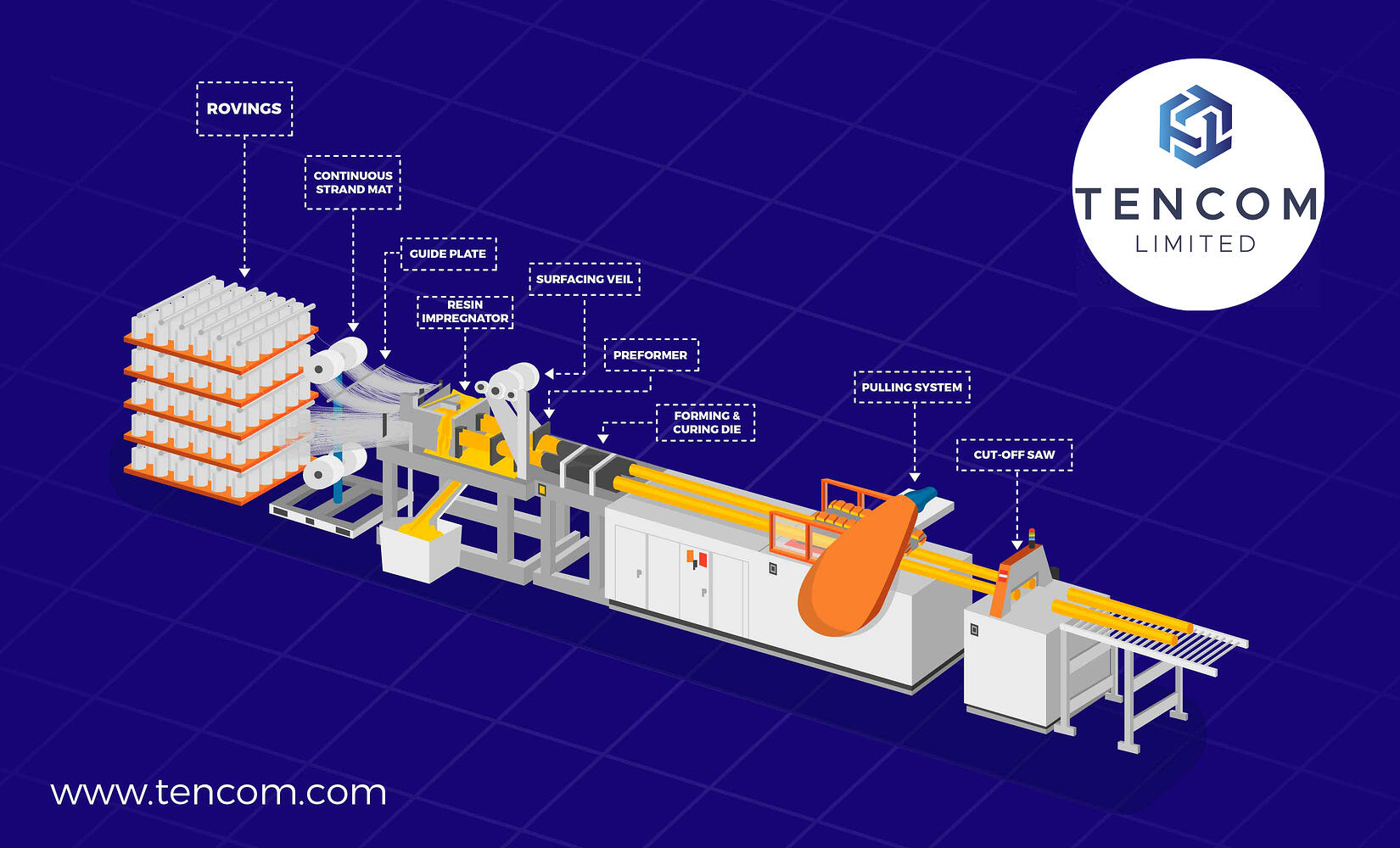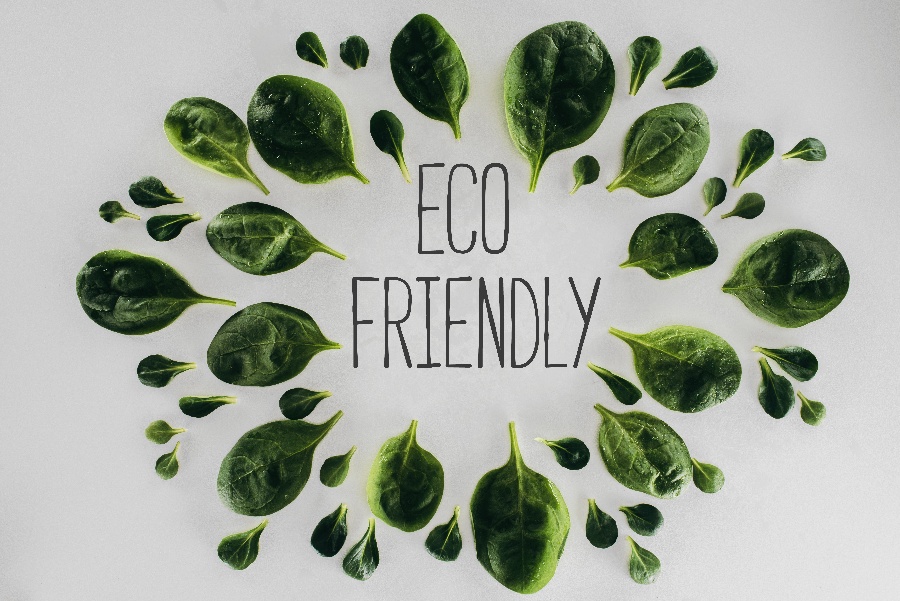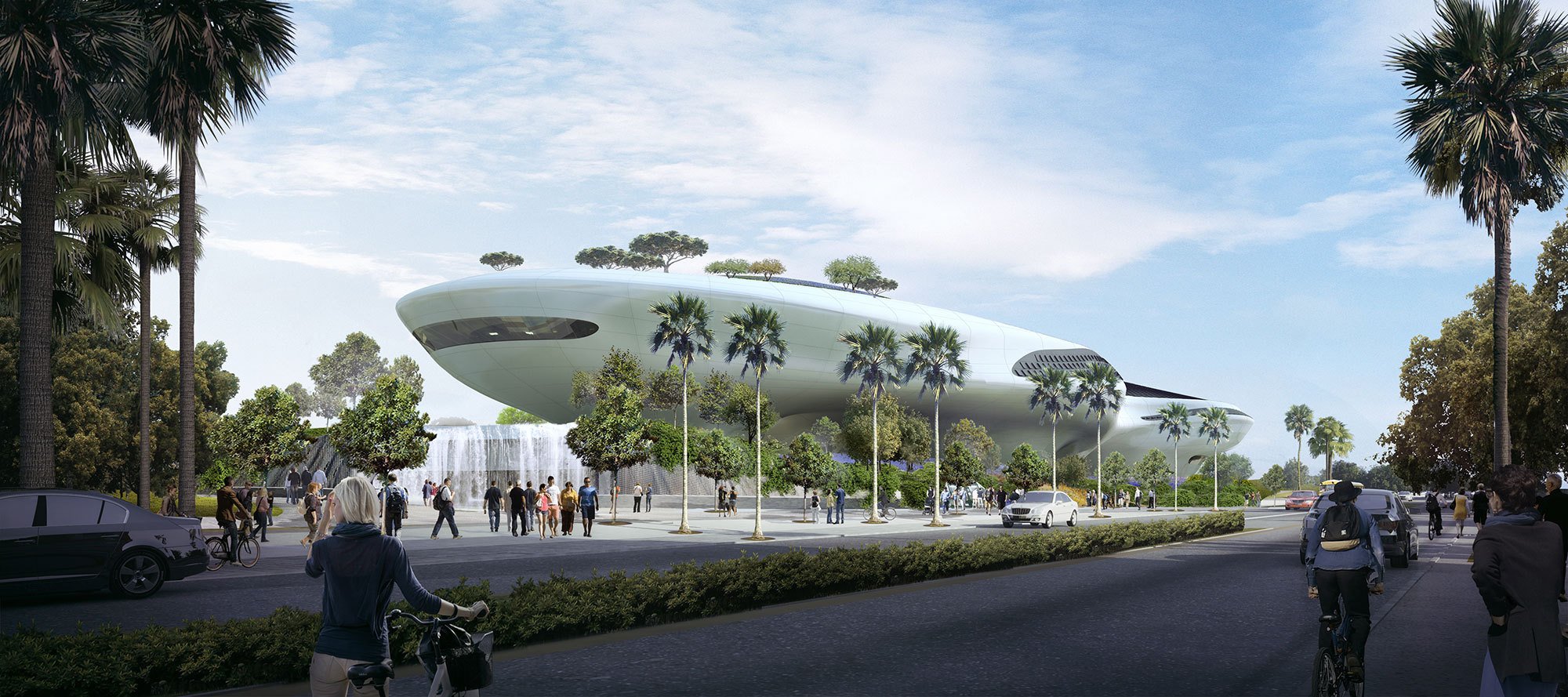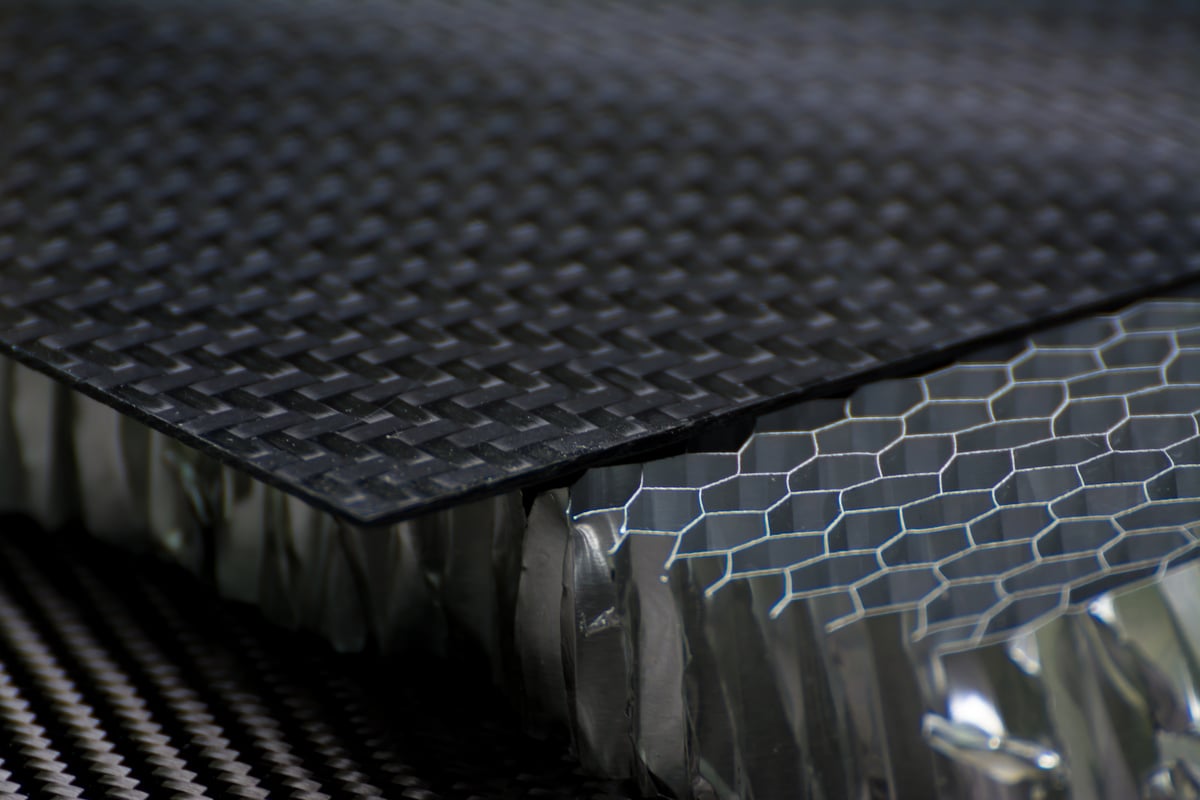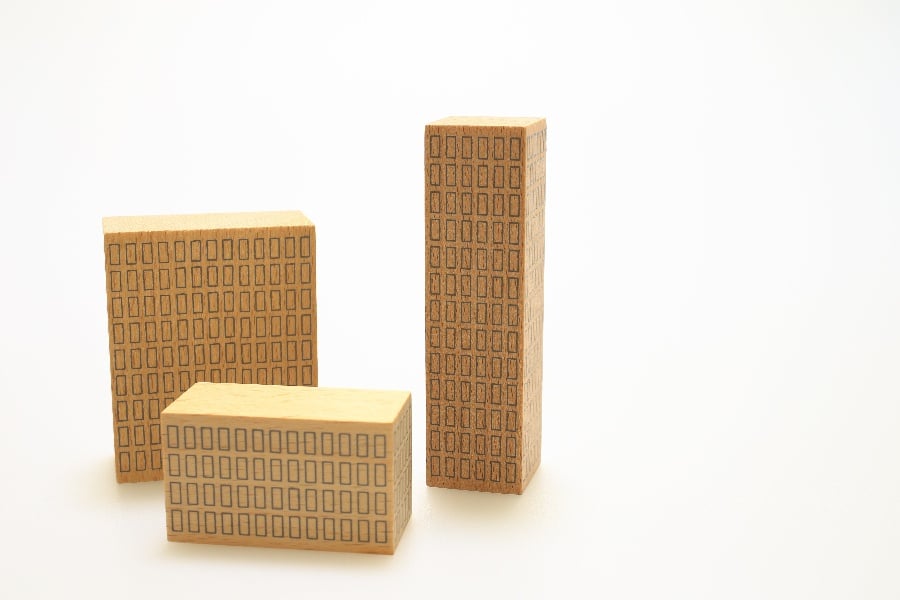
If you have been keeping up with our blog lately, then you already know how prevalent Fiber Reinforced Polymer (FRP) composites are becoming in the auto industry.
From curved bumpers to full body panels, you can easily find hyper, super, and sports cars with fiberglass or carbon fiber components.
However, the most recent news on the FRP composite automotive front is that there is now a zero-emission utility vehicle heading to the market.
Revamping the Tuk-Tuk
If you have visited Africa, South America, or Southeast Asia, then you have probably seen the three-wheeled auto rickshaw transports buzzing around the city. More commonly known as tuk-tuks, these utility vehicles are an inexpensive way to travel around major cities, especially older metropolitan areas with narrower streets.
Although these petite transport vehicles are seen as novelties by many tourists, they are the livelihood for a lot of locals in various countries around the world. So, a company that specializes in Formula One and NASCAR vehicles recently ventured into the tuk-tuk class.
The goal was to create an affordable, zero-emissions utility vehicle that would help cut down on the pollution in large cities. Featuring a FRP composite chassis, this new tuk-tuk design might just change the face of tourism.
Getting Started
The first step to creating this FRP composite tuk-tuk was to find funding. Luckily, the Integrated Delivery Program from Innovate UK was established as a competition to receive funds for manufacturing zero-emission vehicles.
With most of the electric vehicles (EV) populating the streets of Northern Europe and North America, the idea behind this grant was to bring this eco-friendly technology to other countries. The demand for affordable, small vehicles in places like Southeast Asia is very high. However, this type of vehicle doesn’t get much attention outside of those countries.
The idea for a zero-emission tuk-tuk model is simple. The designers wanted to create a utility vehicle that was not only affordable and eco-friendly but also one that was easy to maintain and could operate in sweltering heat with no problem.
Although the profit margins are low, the impact this type of vehicle would have on pollution in cities such as New Delhi, India would be significant.
Building the Tuk-Tuk
The creation process began in 2019 and included both professionals in academia and in the private sector.
Composed of jute and polypropylene composites, the panels for the chassis were created to be very lightweight.
Keep in mind that jute is a natural fiber, which makes this utility vehicle even more impressive.
FRP composites that use jute as a fiber are generally 80% to 90% as stiff as fiberglass profiles. If you’re wondering why the designers didn’t choose flax over jute, it’s because flax is much more expensive. They wanted to keep the total cost of production low so that the price of these new vehicles wouldn’t be so high. This concept will allow more people to buy the new tuk-tuk model.
Due to the recent pandemic and global shutdown of factories, the production process has not started yet. However, some of the tooling to create the chassis has already been built.
Mated with brakes, steering, and a suspension system, the chassis will feature a front-mounted electric motor, battery packs located between the back wheels, and FWD. The total weight of the vehicle is 1,058 lbs. The designers estimate that it can be used for 12 continuous hours on one battery charge.
In order to bring this vehicle to the market, another partner is needed to take over the powertrain, energy, and body panel development.
The Benefits of Jute
Jute is a long, soft fiber that has a shiny finish. It can be spun into coarse threads and used to make burlap. It’s also one of the most affordable fibers in the world.
Comparing jute FRP composites to aluminum and steel, there are significant differences. First, the manufacturing process is easier and more cost-efficient. Second, jute FRP composites are a lot lighter than metal, and they are entirely sustainable. Finally, they can be easily recycled.
Benefits of Polypropylene
The other material used to create this FRP composite product is polypropylene. This is a thermoplastic that has the same temperature restrictions as jute. This means that both materials can be combined, and neither will degrade during the pultrusion process.
The melting point for these two materials is about 375°F.
What’s Next?
At the present time, the designers are analyzing the manufacturing process for this new zero-emission utility vehicle.
Possibilities include extrusion and compression processes that would allow low-cost tooling and high volume production. A prototype has not yet been made, so that is the next step in the process.
Changing the Auto Industry
Although it may sound like pie in the sky, we can assure you that this type of vehicle is not a work of fiction.
There are already a few fully-electric models gracing the streets as you read this article. One of those is the Porsche 910e. As the world’s first electric supercar, it can accelerate up to 60 mph in 2.5 seconds. Constructed out of fiberglass, this eco-friendly model can generate 490 hp and 568 lb-ft of torque, which is shocking, to say the least.
If engineers can develop a supercar that is that as impressive as the Porsche 910e, then a zero-emission utility vehicle made out of FRP composites shouldn’t be a stretch at all.
As of now, the current concept for the new tuk-tuk model shows an open-air design that resembles more of a golf cart than a car. Boxy and lightweight, this handy ride should be able to carry an entire family with no problem.
Learn More at Tencom
With over 22 years of experience in the pultrusion industry, our experts are here to help you get started on your next project. Get in touch with us today to learn more.




